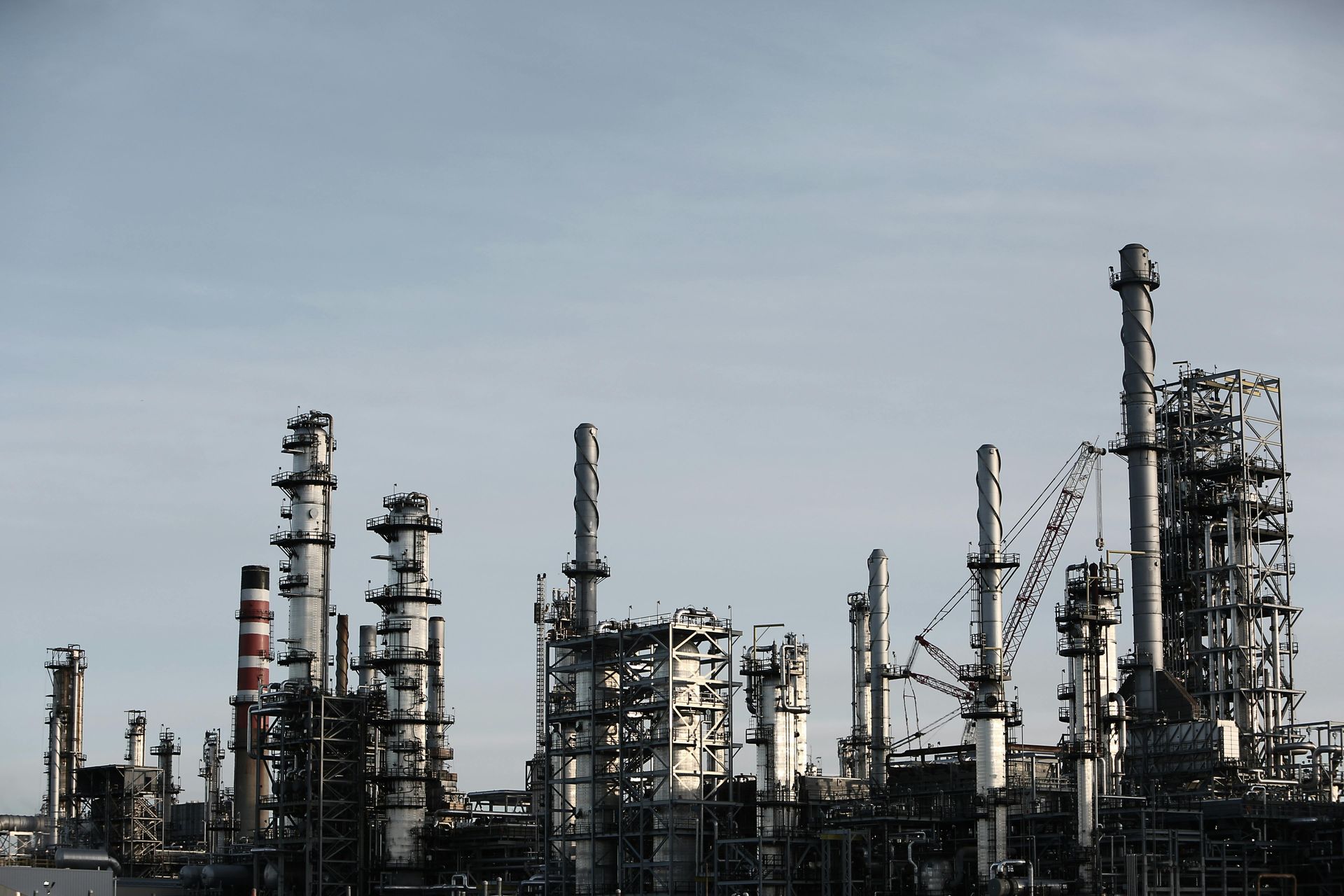Crude Oil & Refined Products: Volatility Fueled by Geopolitics

What It Means for Your Next Move
At Auctora, we’re committed to ensuring our clients remain several steps ahead in volatile markets. As we pass the midpoint of June 2025, commodity markets are reacting to a fast-moving combination of geopolitical instability, shifting demand signals from China, and investor repositioning across energy and metals.
Crude Oil & Refined Products: Volatility Fueled by Geopolitics
Oil markets rallied early this week following Israeli strikes on Iranian energy infrastructure. Brent briefly surged past $75/bbl before settling around $73–74 as tensions eased and the Strait of Hormuz—a critical global transit route—remained operational.
- EN590 diesel and other refined product prices responded quickly, with futures for ultra-low sulphur diesel (ULSD) rising by over 8% in five days.
- Despite the geopolitical shock, supply fundamentals remain relatively balanced, with OPEC+ expected to increase output in Q3 to curb pricing pressure.
Auctora View:
“Current volatility offers a short window for buyers to lock in pricing. Diesel markets are particularly reactive to shipping disruptions, so we advise clients to review supply chain contingencies and contract terms now.”
Metals & Base Commodities: Resilience with Mixed Signals
While energy prices have dominated headlines, industrial metals markets have been quietly repositioning in response to global economic data—particularly from China.
Key Developments:
- Copper prices have cooled after an extended rally, as China’s May import data showed a decline in copper and iron ore volumes. However, many analysts see this as a short-term correction rather than a reversal.
- Aluminium is holding steady, supported by rising demand from construction and energy transition sectors (solar infrastructure, battery components).
- Nickel and lithium continue to attract institutional interest, particularly as EV demand projections remain strong despite mixed consumer sentiment in the West.
- Hedge funds have begun rotating more capital into energy and base metals, while reducing exposure to soft commodities such as corn, wheat, and soybeans.
China’s Role:
China’s slowdown in import volumes for May reflects a pause in infrastructure buildout and industrial activity. However, signals from Beijing suggest stimulus packages could resume in Q3, aimed at revitalising construction and heavy industry — a historically reliable trigger for a broad commodities rebound.
What This Means for Auctora Clients
1. Base Metals Hold Mid-Term Strategic Value
Copper, aluminium, and nickel continue to form the backbone of global industry and clean energy infrastructure. Any renewed stimulus in China or Europe will disproportionately benefit these markets.
2. Stay Ahead of Demand Shifts
While short-term volatility exists, long-term fundamentals for metals remain strong. Declining inventories, infrastructure spending, and decarbonisation policies are creating structural support across several categories.
3. Positioning Matters
There’s a clear shift in speculative positioning — hedge funds are rotating into energy and metals. This reflects market belief that these sectors are due for renewed upside as macroeconomic clarity improves.
4. Diversify Risk
Energy markets remain exposed to geopolitical flashpoints, whereas industrial metals provide a hedge tied to global development trends. Now may be the time to reassess exposure and diversify procurement or investment strategy accordingly.
Auctora Strategic Advisory
We recommend clients:
- Secure diesel supply at current rates while markets stabilise post-strike.
- Consider forward purchases or structured exposure to base metals, particularly copper and aluminium.
- Stay alert to policy announcements from China and OPEC+, which will set the tone for Q3 positioning.
- Review contracts and supply chain relationships, especially in regions exposed to geopolitical disruption or logistical congestion.
AuctorATG continues to support institutional buyers, investors, and trading houses with actionable intelligence and access to vetted, high-performing supply networks.















